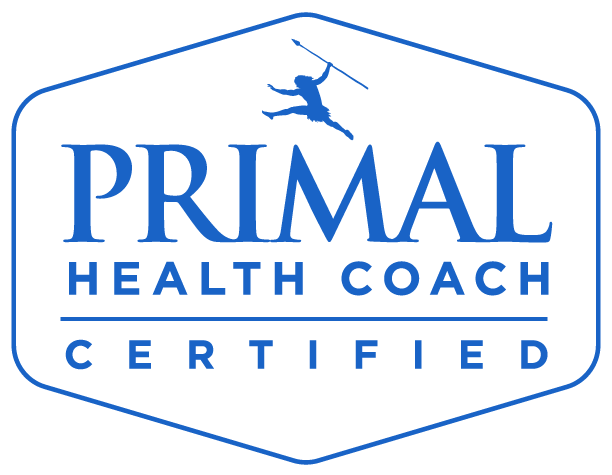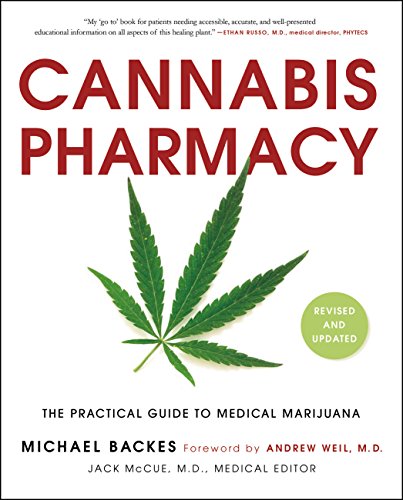How Breaking Up With My Inner Warrior Helped Me to Heal
/Anyone living with an autoimmune or a similar chronic health condition understands how easy it is to hate their disease. I’ve spent years battling symptoms of my multiple chronic illnesses and old nagging injuries. It sometimes seems like every time one thing gets better, something else pop ups. Unfortunately, a few years ago endometriosis pain began to take over my life. One week of the month turned into two, and two turned into three. I spent days and nights curled up in a ball on the floor, trying to fight through the pain. I was a warrior. I convinced myself that if I just pushed through a little longer it would go away. I tweaked my diet. I eliminated potential triggers. If I could just “paleo harder” I would feel better. I researched every possible treatment and approach. I saw doctor after doctor. I even had surgery.
And none of it worked.
My pain increased after surgery. I missed weeks of work. I began driving only in the right hand lane in case I was hit with a bout of pain and needed to pull over. I walked around with stick on heating pads underneath my clothes. I cancelled on friends. I lost friends. My marriage was suffering. I felt broken.
The warrior inside of me was spent. You don’t fight from a place of love, you fight from a place of hate. While it seems easier, hate takes much more energy than love, and my reserves were running low.
Then it happened – in the midst of my despair, I just stopped fighting.
I no longer viewed my health conditions as an entity to hate. I realized that they didn’t deserve so much power. They were there, and that was that. Even though my body was still fighting itself, I was no longer fighting my body. I didn’t give up - I realized that fighting was turning my pain into suffering, and it didn’t have to be that way.
That’s when I began to heal.
I reached what Dialectal Behavioral Therapy would call radical acceptance. I stopped fighting my reality. I recognized that for right now, the pain and symptoms were part of my life and continuing to fight that truth was only keeping me sick. With a simple mindset shift, I started feeling better. My pain gradually became less. My sleep improved. I noticed that my thinking was more positive. I began taking steps in my career and professional life that I had been putting off for months. One day I was suffering, the next day I wasn’t. The change was profound. I could breathe again.
I still experience pain so sudden and severe that I have to pull off the road. I still have days where I exhaust all my energy just getting dressed in the morning. I still have to plan client sessions and commitments around my flare up cycle.
The difference is I'm no longer angry. I don’t hate my pain. If the pain is so bad I have to pull over, I pull over. Instead of banging on the steering wheel screaming, I take the time to catch up on my favorite podcasts. Instead of tensing up my body with hatred when symptoms surface, I acknowledge them and do whatever it is that I need to do in that moment to care for my body. My health challenges have brought me so much and I try to stay grateful for that. I think of the personal growth I've experienced and the communities and lives I've connected to through my experience. And the food. We can't forget about the food.
Stepping back from the warrior and fighter mindset that I was trapped in removed a tremendous amount of stress from my life. My body fighting itself was enough to handle, and me fighting myself was like adding an extra boxer to the match – for the wrong team.
While I wish it was easy as flipping a switch, it took months of really working hard to create a space conducive to healing – and convincing myself that I was worthy of being in it. Acceptance is a process and it often takes intense experiences of anger, denial, and sadness to get there. I added piece after piece. Slowly, the successes built upon themselves. Below are some of the things that at the time helped me the most.
Awareness
I made it a point to start paying better attention to my thoughts, how I was talking to myself, and how it affected my pain and fatigue. I’ve always considered myself a pretty positive person, so I was quite shocked to notice how negative I was being, especially around my illness and pain. It didn’t feel authentic, I didn’t like it, and it certainly wasn’t helping. The more I paid attention, the more I naturally began to shift to a more positive mindset.
Strengths
I starting focusing on and leveraging my strengths to my advantage. I used my creativity to channel my pain into more productive activities (like starting my original blog). I used my bravery to keep on when the fear was overwhelming, and I used my sense of perspective to try to reframe the situation to one where I could find meaning. I used my appreciation of beauty and excellence to reflect on my experience and connect to the gems hidden within. Most importantly, I used my strength of kindness to be kind to myself.
Coaching
The worst of my pain coincided with the thick of my health coach certification training program. Luckily the best part about going to school for something like coaching, is that you get a lot of practice as both a practitioner and client. The focus on strengths, motivation, confidence, and setting realistic goals in my program helped me to reconnect to a place of hope and positivity that I hadn’t been feeling for quite some time. The process brought my awareness to the success I was generating, instead of the crap that was happening to me. It allowed me to focus on what was in my control and build on it. I was moving forward again. Success and positivity builds upon itself, propelling us into action. And that’s exactly what it did for me. It gave me my sunshine back, both physically and mentally.
Goals
Deep down I knew what I needed to do in order to feel better, but it wasn’t until I started setting clear goals that I began to take action. In exploring why I wanted to change, I realized that I wasn’t actually seeking remission, I was seeking the outcomes I thought it would bring me. I connected to the real things I was chasing – energy, passion, balance, job satisfaction, fulfillment, etc and began to think about what behaviors I would be doing if I had those things. This clarity helped me to identify and focus on the actions (behaviors) I could actually take, instead of being fixated on symptoms (outcomes) that I had no direct control over. As I met my weekly goals the sense of achievement kept me focused on the right things and created more and more motivation to keep moving forward. The success and positivity this process generates continues to build.
Letting Go
I stopped chasing a cure. I think it’s easy for anyone taking a holistic approach to health conditions, especially something like the Autoimmune Protocol, to see stories of remission and become so focused on achieving it that they start getting frustrated when it doesn’t happen for them. It was important for me to come to terms with the idea that chronic pain may just be part of my reality. Letting go doesn’t mean stopping healthy behaviors that help. It means accepting reality and what is right now. I’ve learned to appreciate the process. I recognize the insane improvements I’ve experienced through diet & lifestyle, instead of being upset for coming up short. Complete remission just may not be in my cards and thats ok.
Presence
After working on awareness, I made it a point to stay present and be ok with each and every moment, including those filled with chronic pain the best I could. I stopped fighting for what I had in the past, or what I want in the future, and became ok with just being in this moment and cherishing all it has to offer.
Love
Breaking up with my inner warrior so I could love myself just how I am, diseases and all, was by far the most important change that I made along the way. Parting with her gave me the space to really explore myself and all the love I was capable of. I kindly thanked my warrior persona for taking me this far and sent her on her way. Occasionally she will try to ramp back up, and I gently remind her that she’s worked hard for long enough and now gets to enjoy retirement. It's much easier said than done, but when my symptoms surface I love them. I think about all the people, joy, and personal growth they’ve connected me to, and that is what I hold on to.

















